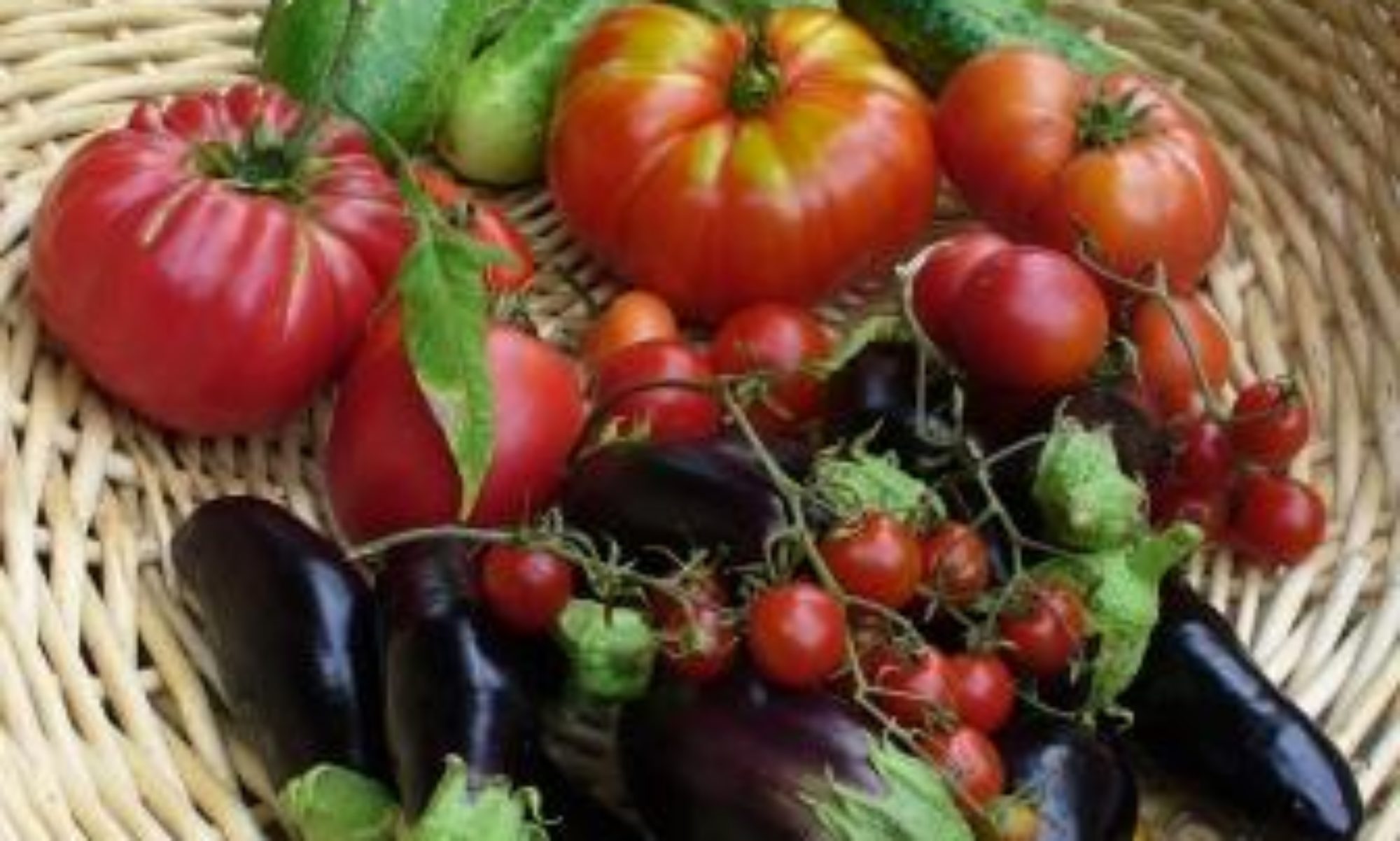
After it’s summer crop of tomatoes and peppers, the new hoophouse has been seeded for its winter crop of carrots, spinach, and hakurei turnips. This winter crop is always risky business because germination takes weeks and nothing really grows significantly until day length increases to 10 hours, which happens in the middle of February.





